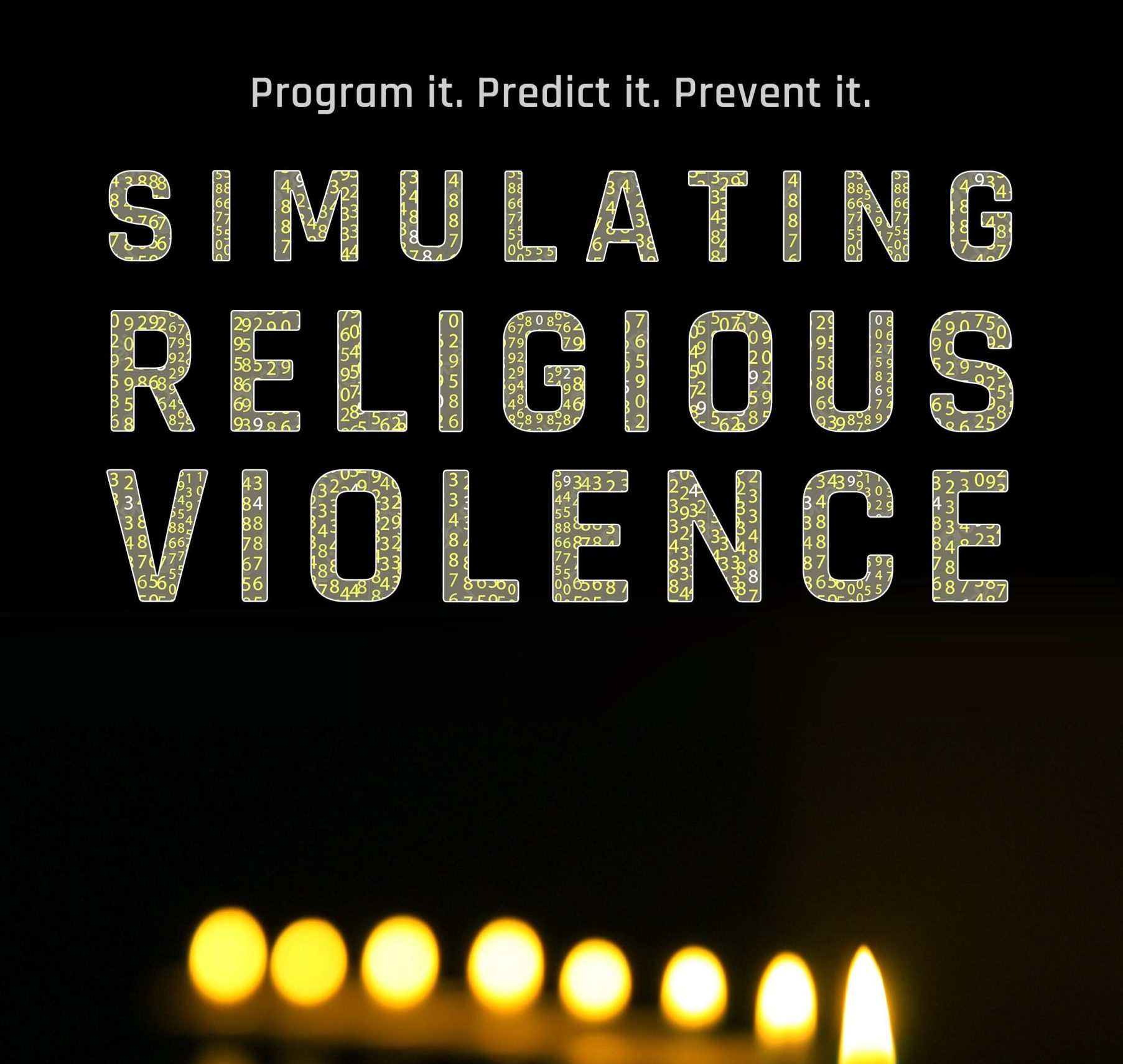At Just Horizons, we have always believed that the world’s most intractable problems demand a new frontier of solutions. Our mission is to navigate the unprecedented complexity of the modern world by pioneering research that can guide policymakers toward a more just and stable future. Today, we are proud to see that mission validated on the world stage in a powerful new way.
We are thrilled to announce that Simulating Religious Violence, a feature documentary chronicling the vital work of our research wing, the Center for Mind and Culture (CMAC), has been met with significant international acclaim. The film, which follows our Modeling Religious Change (MRC) team, recently earned top honors at the prestigious CineTech Future Fest, winning Best Film Reflecting on Ethical and Legal Issues. Furthermore, director Jenn Lindsay was recognized with Best Directional Debut for her masterful translation of our team’s complex work into a gripping, human story.
This cinematic achievement is more than an award; it is a powerful affirmation of the critical work being done right here at Just Horizons. The film captures the intellectual and emotional heart of a project born from a desire to make a tangible difference—a project powered by NexusSIM, our proprietary computational modeling framework.
The Spark: Turning Tragedy into Action
The journey began in the wake of the 2013 Boston Marathon Bombing. For our founder, Wesley Wildman, this tragedy was a catalyst. “What the Marathon bombings did was catalyze this awareness that so much of what we do as professors is not very effective in predicting when violence can erupt,” Wildman explains in the film. The event sharpened our resolve to bridge the gap between academia and effective action.
The result was the Modeling Religious Change (MRC) project, a multi-year initiative jointly funded by the John Templeton Foundation and CMAC, that brought together over 50 experts from seven countries. The goal was audacious: to build a computational model capable of simulating the complex conditions that can cause religious extremism to erupt into deadly violence. Using NexusSIM’s agent-based modeling, our researchers simulated the interactions of millions of individuals—or “agents”—each with distinctive beliefs, social ties, and goals. This approach, a rarity in the social sciences, allows us to test countless variables and identify hidden patterns that traditional analysis might miss.
From Code to the Human Story
Filmmaker Jenn Lindsay embedded with our MRC team for three years, capturing their journey from research hubs in Boston and Virginia to fieldwork in the refugee camps of Lesvos, Greece. With what she called a “beginner’s mind,” Lindsay skillfully navigated the high-stakes academic debates and the deeply human side of the research, creating what she aptly describes as a film where “The Matrix meets Morgan Freeman’s The Story of God.”
Her camera reveals the core of our work: the painstaking process of validating our computational models against the qualitative data gathered by sociologists and anthropologists. As Wildman notes, this is where science and the humanities interact in “really beautiful ways,” pushing back against the fear that technology will erase humanistic inquiry. Instead, NexusSIM provides a tool to enhance it, giving us a new lens to understand the data our field researchers collect.
A Sobering Hope: Identifying the Tipping Points
Simulating Religious Violence does not offer easy answers. Our research confirms the immense difficulty of predicting lone-wolf attacks. However, it has yielded profound insights into the dynamics of large-scale conflict. One of the most critical discoveries highlighted in the film is identifying a key “danger zone.” Our models show that when opposing factions in a society are split 50-50, there is often a tense equilibrium, but when they are around 60-40, the risk of extremism tipping over into violence increases dramatically.
This isn’t a crystal ball, but it is a vital early warning system. It allows us to draw attention to regions in perilous equilibrium, such as Nigeria, and provides a data-driven foundation for proactive peace-building and de-escalation efforts. This is the power of NexusSIM: transforming abstract data into actionable intelligence for a safer world.
Ultimately, the film and the research it documents are driven by a single, profound motivation. In a poignant moment, Wildman shares his ultimate goal: “I want someone who was going to blow themselves up to decide not to blow themselves up, because they’ve got some other vision of the way life can be.”
The awards and accolades for Simulating Religious Violence are a testament to a story that needed to be told. For us at Just Horizons, they are a powerful endorsement of our core belief: that by harnessing technology with ethical purpose and deep human insight, we can begin to illuminate a path toward peace. The work continues.

